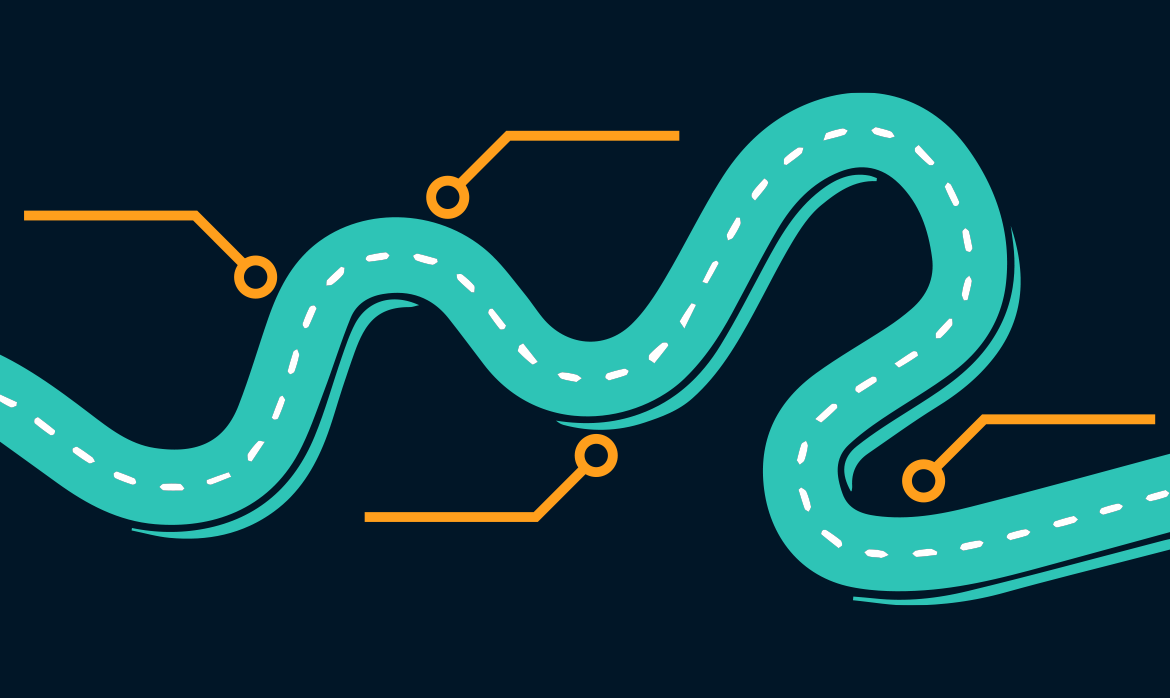In the dynamic realm of technology, staying ahead of the curve requires a well-defined strategic approach. A technology roadmap serves as a guiding beacon, outlining the path organizations take to achieve their technological goals. Within this roadmap, various categories delineate the areas of focus and advancement. In this article, we will delve into the four major categories that shape a comprehensive technology roadmap: Operations, Load Reduction, Service Quality, and Security. By understanding these key categories, organizations can effectively navigate the complex landscape of technology and drive innovation while maintaining efficiency and security.
- Operations
The Operations category of a technology roadmap is at the heart of optimizing internal processes, workflows, and resource utilization. It aims to enhance the efficiency and effectiveness of an organization’s daily operations, ultimately contributing to increased productivity and improved bottom-line results.
Key Components of the Operations Category:
- Process Automation – Embracing automation technologies to streamline repetitive tasks, reduce human error, and allocate resources more strategically.
- Workflow Enhancements – Identifying bottlenecks and inefficiencies in workflows and implementing solutions to accelerate processes and improve collaboration.
- Resource Management – Implementing tools and systems to efficiently allocate and manage organizational resources, including personnel, equipment, and budget.
- Efficient Communication – Leveraging communication and collaboration platforms to facilitate seamless information exchange and enhance interdepartmental coordination.
By focusing on the Operations category, organizations can optimize their internal processes, freeing up valuable time and resources for strategic initiatives and innovation.
- Load Reduction
The Load Reduction category centers around ensuring that an organization’s technology infrastructure can handle increasing workloads and demand. Scalability and performance are critical in today’s digital landscape, where rapid growth and changing user requirements are the norm.
Key Elements of the Load Reduction Category:
- Scalability Planning – Developing strategies to scale technology resources, whether it’s adding computing power, storage capacity, or network bandwidth, to accommodate growth.
- Performance Optimization – Continuously monitoring and fine-tuning systems to enhance response times, reduce latency, and improve the overall user experience.
- Capacity Planning – Anticipating future demand and ensuring that technology resources are provisioned to meet peak usage while maintaining optimal performance.
- Redundancy and Failover – Implementing redundancy and failover mechanisms to ensure system availability and minimize disruptions in the event of hardware or software failures.
By prioritizing the Load Reduction category, organizations can future-proof their technology infrastructure, ensuring it can accommodate growth, maintain performance, and deliver a seamless user experience.
- Service Quality
In an era where user experience is paramount, the Service Quality category focuses on delivering exceptional products, services, and support to customers and stakeholders. This category enhances user satisfaction, loyalty, and brand reputation.
Key Aspects of the Service Quality Category:
- User-Centric Design – Prioritizing user experience in the development of applications, interfaces, and digital products to ensure they meet user needs and expectations.
- Customer Support Enhancement – Implementing robust customer support systems, including self-service options, real-time assistance, and proactive issue resolution.
- Feedback Integration – Collecting and analyzing user feedback to make data-driven improvements and enhancements to products and services.
- Service-Level Agreements (SLAs) – Establishing clear SLAs that define the expected level of service quality, response times, and resolution for technical issues.
By placing a strong emphasis on the Service Quality category, organizations can create a loyal customer base, enhance brand reputation, and drive sustainable growth.
- Security
The Security category is of paramount importance in today’s interconnected world. It focuses on protecting an organization’s sensitive data, digital assets, and systems from cyber threats, breaches, and unauthorized access.
Key Components of the Security Category:
- Risk Assessment – Conducting comprehensive risk assessments to identify potential vulnerabilities, threats, and weaknesses in the technology infrastructure.
- Data Protection – Implementing robust data encryption, access controls, and authentication mechanisms to safeguard sensitive information.
- Incident Response Planning – Developing strategies and protocols to respond effectively to security incidents, minimize damage, and recover quickly.
- Continuous Monitoring – Employing advanced security tools and techniques to monitor network traffic, detect anomalies, and respond to potential threats in real-time.
By prioritizing the Security category, organizations can establish a robust cybersecurity posture, minimize the risk of data breaches, and protect their digital assets from evolving cyber threats.
A well-structured technology roadmap encompasses a variety of categories, each playing a crucial role in guiding an organization toward technological excellence. The Operations category optimizes internal processes and workflows, enhancing efficiency. Load Reduction ensures scalability and performance to meet growing demand. The Service Quality category focuses on delivering exceptional user experiences and building customer loyalty. The Security category safeguards digital assets and protects against cyber threats.
By understanding and prioritizing these four major categories, organizations can strategically allocate resources, set clear objectives, and drive innovation while maintaining a secure and efficient technology ecosystem. A comprehensive technology roadmap that balances these categories enables organizations to navigate the complexities of the digital landscape, embrace technological advancements, and achieve long-term success in an ever-evolving technological world.

